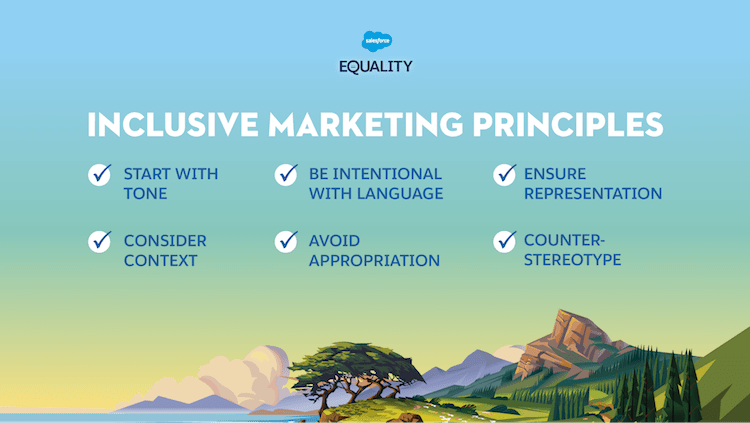You cannot exclude a large part of the community when creating marketing campaigns. Society is a healthy mixture of all kinds of people from all walks of life, and your company should reflect that. From your designs to your product distribution, you should make sure you are inclusive. This does not just mean doing a bit of diversity hiring or putting up a few posts during Women’s History Month or using the BLM hashtag. You need to make changes that matter and have a positive impact on your company and its clients.
Inclusive Marketing
This starts with how you plan a product and its surrounding campaigns. You cannot add inclusivity and diversity as an afterthought. It needs to be built into the planning and strategy itself. For example, if you’re offering an ISP plan such as Spectrum deals, you need to make sure your internet offerings are not just inclined towards right-wing, cishet white people. You need to make sure you have content that covers a wide spectrum of communities in a respectful and appropriate manner. Therefore, you need to have some essential elements in order to incorporate inclusive marketing practices in your organization.
Product Design
The very first element is the product concept itself. You should make sure that your product caters to a wide audience and is accessible. Therefore, you should aim to make a product and a few variations which cover all sorts of needs. This includes offering customization options, size options, and taking disabilities into the account.
In addition, you should ensure that your product is also tested by a diverse sample of subjects. Otherwise, its results and response will be skewed and it may not translate well when launched for a real audience. Do take community feedback into account and adjust your product specifications accordingly & Mobile Showroom.
Campaign Design
Once you have a product that promotes inclusivity, you should also market it accordingly. Create campaigns that can be accessed by the most diverse set of people possible. In addition, make sure you include all tools which make your campaign accessible for people who may have issues with seeing, hearing, or reading. Make all text clear and legible, with text-to-voice buttons also incorporated.
Furthermore, do not create graphics that can be upsetting for people or trigger medical issues such as epileptic seizures. When designing your campaign, make sure you use language that is simple, understandable and makes your point clear. In addition, make sure it is not aimed at just a small, elite community. Instead, it should take in account that people from all walks of life may see it and understand it.
Audience Targeting
Often, companies tend to misfire when it comes to targeting audiences for their campaigns. For example, an IT company just targeting their campaigns to young males would be missing out on a large customer base of females and older people. When determining who your audience is, do not operate on assumptions or stereotypes.
Instead, be the game-changer, make previously unacknowledged audiences aware of your product, and you may even bring a change in the industry. All it takes is widening your audience demographics and steering away from false assumptions. Who knows, you might be the next big thing in your industry, all because you chose to look past stereotypes!
Cultural Sensitivity
No company can promote inclusivity if its hiring culture is not inclusive itself. This is extremely apparent when many corporations run campaigns that are trying to be diverse but are just blatant examples of cultural appropriation. Fashion brands majorly run and staffed by thin, white people are major culprits when it comes to this mistake.
We’ve all seen those fashion ads which advertise indigenous peoples’ cultural relics and traditions as ‘tribal costumes’. This is an extremely common and offensive bit of cultural appropriation as well as religious symbols like the Hindu Bindi and Islamic Hamsa being sold and advertised as costume jewellery. You need to avoid this sort of behaviour at all costs as it is disgusting and will alienate large communities. This is only possible if you listen to feedback from these communities and have people on board who know how to respect cultures.
Conclusion | Inclusive Marketing: Essential Elements and Its Importance
inclusive marketing is a simple exercise in respect and decency. All you have to do is respect cultures, not try to look exclusive, and make sure you are offering opportunities to as many people as possible. It all starts with implementing the same thing within your company culture, and it will automatically follow in your product design and marketing.
